This article was medically reviewed by Jennifer Boidy, RN. Jennifer Boidy is a Registered Nurse in Maryland. She received her Associate of Science in Nursing from Carroll Community College in 2012.
There are 17 references cited in this article, which can be found at the bottom of the page.
This article has been viewed 43,163 times.
The human immunodeficiency virus (HIV) and the subsequent acquired immune deficiency syndrome (AIDS), can be transmitted by specific bodily fluids, including semen, blood, vaginal secretions, and breast milk. To determine if your partner is at risk for HIV/AIDS, you will need to know if they currently have the possibility of coming in contact with those fluids or if they have in the past, especially through unprotected sex and/or needle or syringe usage.[1]
Steps
Assessing High Risk for HIV/AIDS
-
1Inquire about your partner's profession. Certain occupations put workers at risk for exposure to HIV through the exchange of body fluids or contact with infected blood, but if certain precautions are taken, the risk can be drastically minimized.
- Healthcare workers and medical staff can be at risk of HIV transmission. With many prevention strategies in place though, the risk in the healthcare field is low.[2]
- Workers in the sex industry are at high risk for contracting HIV from sexual contact without condoms and potential drug use with contaminated needles.[3]
- If your partner has a history of sex work or has engaged in these risky activities, encourage them to seek HIV testing.
-
2Ask about your partner’s sexual history. This may be a difficult conversation to have, but this honest conversation is important for your health and for the health of your partner.[4]
- Determine the number of past partners your significant other has had. Start by asking, “How many partners have you had in the last year?”
- Then determine if protection against STDs, like condoms, was used.
- If the answer is no, encourage them to get tested and ensure that you and your partner use protection every time.
Advertisement -
3Many people who have STDs have no symptoms and do not know they are infected. It’s always good for both partners in a new couple to get tested before becoming sexually active together.[5]
-
4Ask your partner about recreational drug use. If your partner has a history of using or is presently using needles and syringes for intravenous drugs, including steroids, morphine, cocaine, heroin, and amphetamines, they are at high risk for contracting HIV and should seek testing.[6]
-
5Ask your partner about their current health. People with HIV/AIDS often live normal and otherwise healthy lives, but if they currently suffer from the Hepatitis C virus, inflammation of the liver, they should also get tested for HIV.[7]
Assessing Low Risk for HIV/AIDS
-
1Ask your partner if they have ever received a blood transfusion. Currently, in the United States, the risk of contracting HIV through a blood transfusion is very low due to stringent screening of all donor blood. If you are still concerned, ask your partner if they have been tested for HIV.[11]
-
2Inquire about facilities where your partner received tattoos or piercings. The risk of contracting HIV from tattoos or piercings is low, but the risk remains since both types of body modification are achieved by way of needles. If the facility that your partner received their tattoos and/or piercings did not use single-use instruments or sterilize their repeat-use equipment between customers, there is a chance for HIV infection.
-
3Ask your partner if they have played or currently play contact sports. In contact sports, players might come into proximity of someone else's blood or bodily fluid through an open cut or sore. Though it is possible to come into contact with someone else’s body fluid in contact sports, the risk is minimal.[12]
Detecting and Testing HIV/AIDS
-
1Know the early-stage symptoms. Within four weeks of infection, 80% of people will exhibit flu-like symptoms, which most commonly include fever, sore throat, severe headaches, and a body rash. Less common symptoms include fatigue, swollen lymph nodes, ulcers in the mouth or on the genitals, muscle and joint pain, nausea and vomiting, and night sweats.[13]
-
2Know the late-stage symptoms. If not treated during early-stage symptoms, the virus (HIV) will progress to immune deficiency (AIDS). These late stage-symptoms include rapid weight loss, recurring fevers, recurring sores in the mouth and on the genitals and anus, pneumonia, and chronic fatigue.
-
3Get tested. If you suspect that you or your partner have been infected, don't wait for symptoms to surface to get tested, as some people might not ever show early-stage symptoms. You should especially seek testing if you do exhibit any of these symptoms after engaging in any risky behavior or accidentally coming into contact with contaminated fluids in your workplace.
- If you suspect that you or your partner has been recently exposed to HIV, you may want to consider post-exposure prophylaxis (PEP).
- Post-exposure prophylaxis (PEP) is an antiretroviral medication that can be taken within 72 hours of being exposed. This will keep most people from becoming infected.[14]
- HIV can take up to 3 months to develop antibodies, which means it can take up to 3 months to register on an antibody test.
- For a more immediate result, you can inquire about an RNA test, which is more expensive but can detect the virus 9 to 11 days after infection.[15]
- You can seek testing from your regular physician, and women can seek testing from their gynecologist.
- If you don't have a regular practitioner that you see, or if you'd like to remain anonymous, you can get tested at some Planned Parenthood clinics.
- You can also use the AIDS.gov clinic locator.[16]
Protecting You and Your Partner
-
1Practice safe sex (including oral sex) every time. Since HIV spreads through body fluids, including vaginal fluid, semen, and rectal fluids, having sex without barriers, like condoms, exposes you and your partner to the virus. Use a condom every time you have sex, no matter how well you know your partner or how long you have been together.[17]
-
2Don't inject drugs. Any drug use through needles or syringes puts you at high risk for HIV infection. If you do use intravenous drugs, do not share needles with anyone and use only sterile drug injection equipment.[18]
-
3Follow procedures and policies in the workplace. If your job brings you in contact with contaminated needles and body fluids, be sure that you are thoroughly knowledgeable about your workplace's policies of gathering and disposing of the contaminated matter. Adhere to the policies and procedures every single time because they are in place to protect you.
References
- ↑ https://www.msdmanuals.com/home/infections/human-immunodeficiency-virus-hiv-infection/human-immunodeficiency-virus-hiv-infection
- ↑ https://www.cdc.gov/hiv/workplace/healthcareworkers.html
- ↑ https://www.cdc.gov/hiv/group/sexworkers.html
- ↑ https://www.cdc.gov/std/treatment/sexualhistory.pdf
- ↑ https://my.clevelandclinic.org/health/diseases/9138-sexually-transmitted-diseases--infections-stds--stis
- ↑ https://www.aids.gov/hiv-aids-basics/prevention/reduce-your-risk/substance-abuse-use/
- ↑ https://nida.nih.gov/publications/drugfacts/drug-use-viral-infections-hiv-hepatitis
- ↑ https://www.nhs.uk/conditions/hepatitis-c/causes/
- ↑ https://emedicine.medscape.com/article/2041434-overview
- ↑ https://www.cdc.gov/hepatitis/populations/hiv.htm
- ↑ http://www.news-medical.net/health/HIV-and-Blood-Transfusions.aspx
- ↑ https://bjsm.bmj.com/content/38/6/678
- ↑ https://www.hiv.gov/hiv-basics/overview/about-hiv-and-aids/symptoms-of-hiv
- ↑ https://www.hiv.gov/hiv-basics/hiv-prevention/using-hiv-medication-to-reduce-risk/post-exposure-prophylaxis
- ↑ https://www.plannedparenthood.org/learn/stds-hiv-safer-sex/hiv-aids/hiv-testing
- ↑ https://www.plannedparenthood.org/learn/stds-hiv-safer-sex/hiv-aids/hiv-testing
- ↑ https://www.cdc.gov/actagainstaids/basics/prevention.html
- ↑ https://aidsinfo.nih.gov/education-materials/fact-sheets/20/48/the-basics-of-hiv-prevention


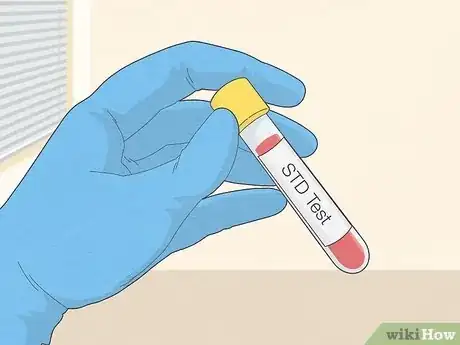
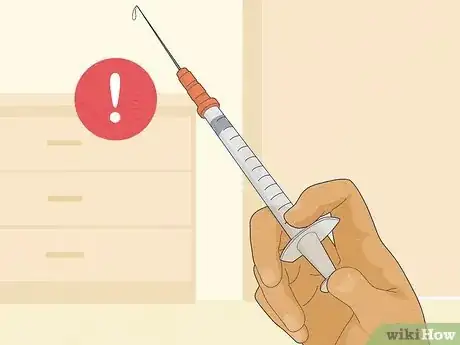





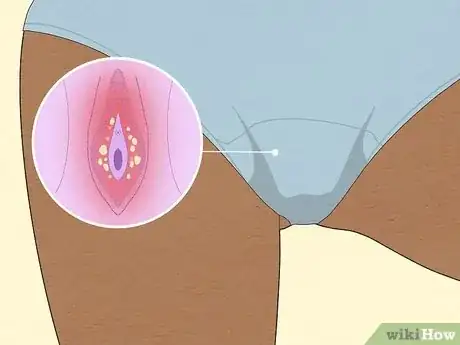
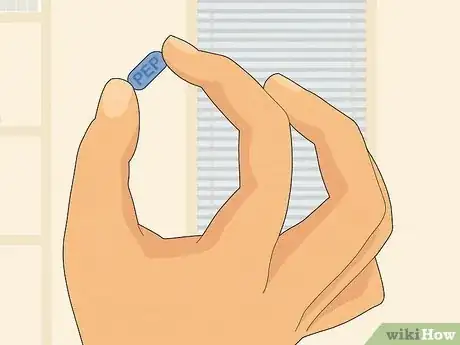
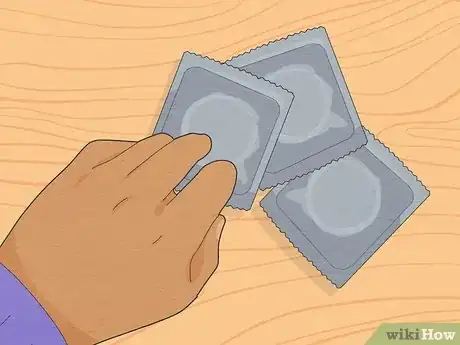
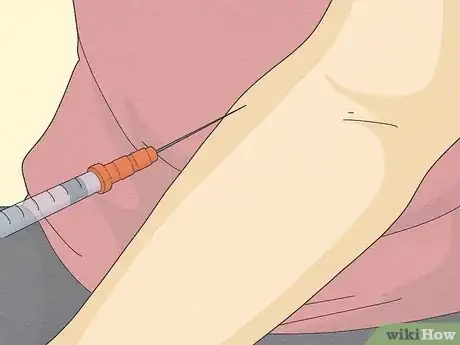
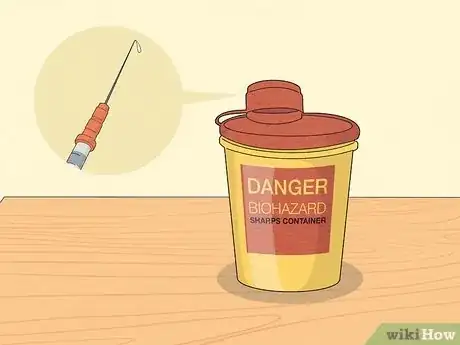

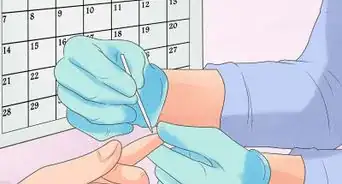













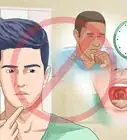


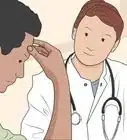



































Medical Disclaimer
The content of this article is not intended to be a substitute for professional medical advice, examination, diagnosis, or treatment. You should always contact your doctor or other qualified healthcare professional before starting, changing, or stopping any kind of health treatment.
Read More...